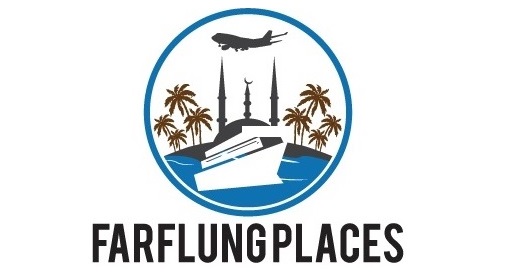I did not want to retrace my steps. All the transport from Ushguli went back to Mestia. But there was an alternative, a mountain pass to the city of Kutaisi and on to the Katshki column, a rather unusual church set on top of large pillar. A difficult journey, as it would be on a track built by the Georgian national electricity company erecting pylons to connect electricity to the Svaneti region, but it would also save me a day in travel time.
I asked around in Ushguli. I was given vague responses. "Hang around the bridge where the cars arrive from Mestia, someone might take you for 600 GEL ($200 USD)", "There was one driver last week who wanted to do it, but that was the first one for a while", "No chance. The only way is back and then a bus from Mestia to Kutaisi".
I packed and intended to catch a four-wheel drive back to Mestia the next afternoon, returning with the day trippers. And then went for dinner at my tower accommodation and met Ivan. Everything changed.
Ivan had paid a lot of money to hire a car to do this trip the next day. He had already got five others to go along with him and he was after more people to help reduce the cost. Perfect. I was in. We started at 8 AM the next morning.
 |
| The view towards Ushguli and the Russian border from 2,500 Metres (8,000 feet) |
The thought that we had paid an exorbitant amount of money just to travel back to Mestia crossed everyone's mind.
Then he turned off the road, unlocked a gate and we were off to Kutaisi. This track was terrible, rutted and often at a 45-degree angle. It was clearly not maintained as a road.
However bad it got, and whatever angle the vehicle was at, and no matter how many hundred metres the dropoff at the side was (obviously, without any safety barriers) Mikheil kept going. With his phone at his ear. Or texting while looking at his phone. It added that extra bit of unexpected frisson to the journey.
 |
| Mikheil, phone glued to his ear, navigates the road at an unusual angle. With one hand. |
Suddenly there was a screeching noise from somewhere inside the car. We came to a grinding halt. Mikheil got out, looked under the car, and then opened the bonnet and started to poke around. We were going to be here for a while.
 |
| The end of the road? Maybe some pylon repair workers are due soon. |
Bizarrely, a few hundred metres away was a lonely wooden box. It was a long drop toilet. Maybe it was built for the workers who constructed this track, or for those who kept the electricity on. It had perhaps the best view of any toilet in the world.
 |
| The best view from a toilet in the world? |
If the car broke down, we could at least now coast to the bottom. The journey down was uneventful and it only took an hour before we joined a normal flat, paved road and headed south towards the Katskhi pillar.
 |
| The winding track built for the introduction to electricity to Ushguli |
A small track takes you to its base, where there is a winch and pulley used to bring supplies to the two monks who permanently live in the small building beside the church.
 |
| The Katshki pillar and a possible dinner |





0 comments